The Belgian photographer looks at the sex workers’ community in Zanzibar by combining academic research and powerful photography.
Liza Van der Stock is not just a photographer. During her three months in Tanzania, she conducted interviews, collected data and spent hours researching what would become a 10,000-word report. Her subject? The ways in which social networks and groups within the sex worker community in Zanzibar are constructed and operate. And if her project sounds more like an academic paper than a photojournalism reportage, that’s because it is, in a way. Van der Stock studies sociology at the University of Ghent in Belgium and photography at the School of Arts nearby. A blend of her two passions, her documentary work lives in the field of visual sociology, meaning she studies society through the use of images. Interested in gender issues and social taboos, Van der Stock decided to look at prostitution in Tanzania after a vacation there opened her eyes about the issue. She combined academic research and photography to explore the social behaviors that sex workers develop in order to deal with the violence of their daily lives. And because the interviews were so raw, she often chose to point her lens to the lighter moments she witnessed, moments of friendship and love. She joined R&K from Belgium.
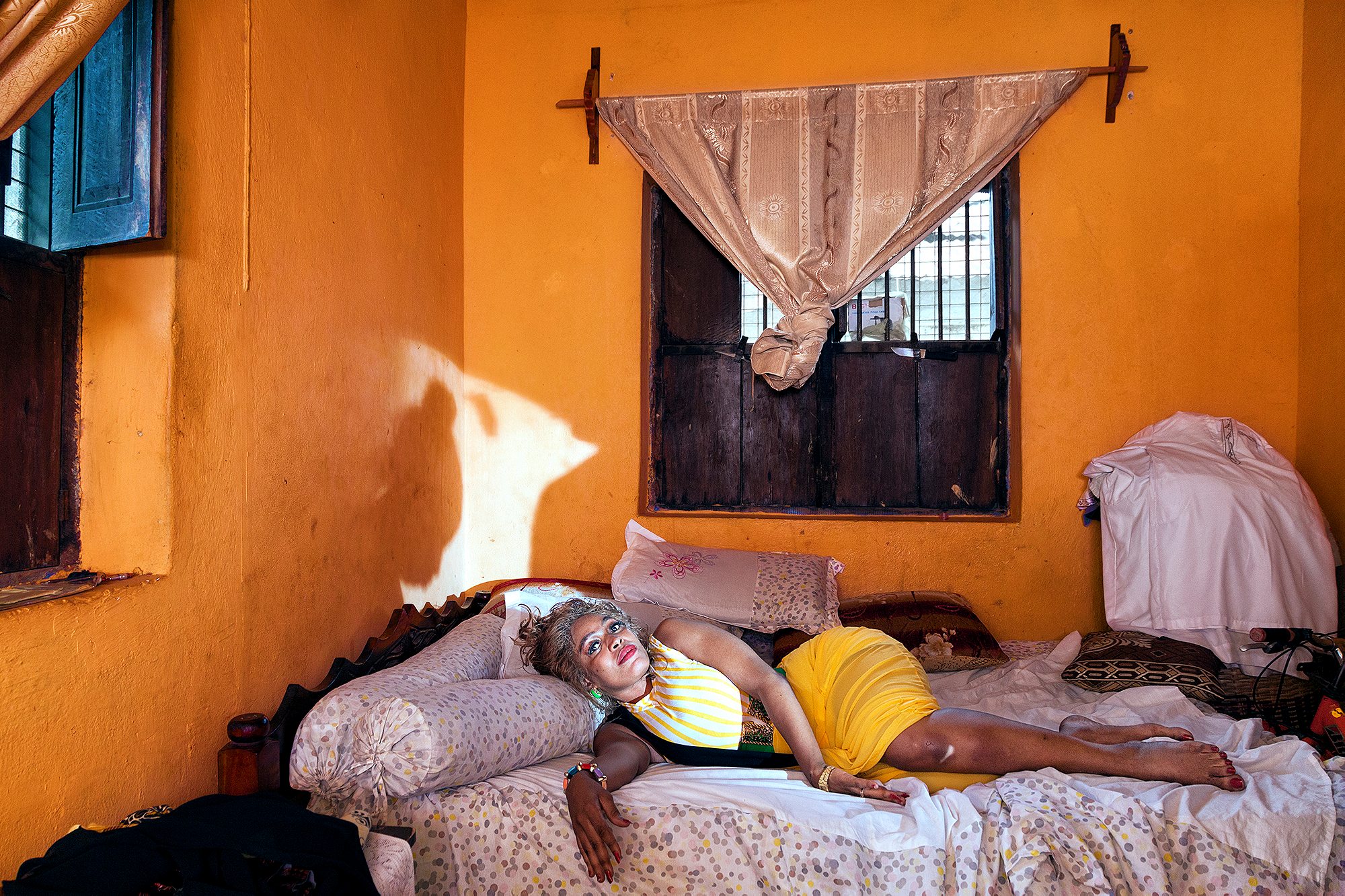
Roads & Kingdoms: Tell me about this vacation in Tanzania… Was it your first time there?
Liza Van der Stock: It was just a family holiday, it was my first time. During that trip I met a girl who worked with sex workers in Kenya. She worked for an NGO. So I planned to go to Kenya to work with the sex workers community and I got the opportunity to work with ICRH (International Centre for Reproductive Health). But because of the terrorist threat, I changed my mind a week before I was supposed to go. I started to look for a new organization at the last minute. In Tanzania, I was offered opportunities to work with the university of Morogoro and also with an organization called ZAYEDESA.
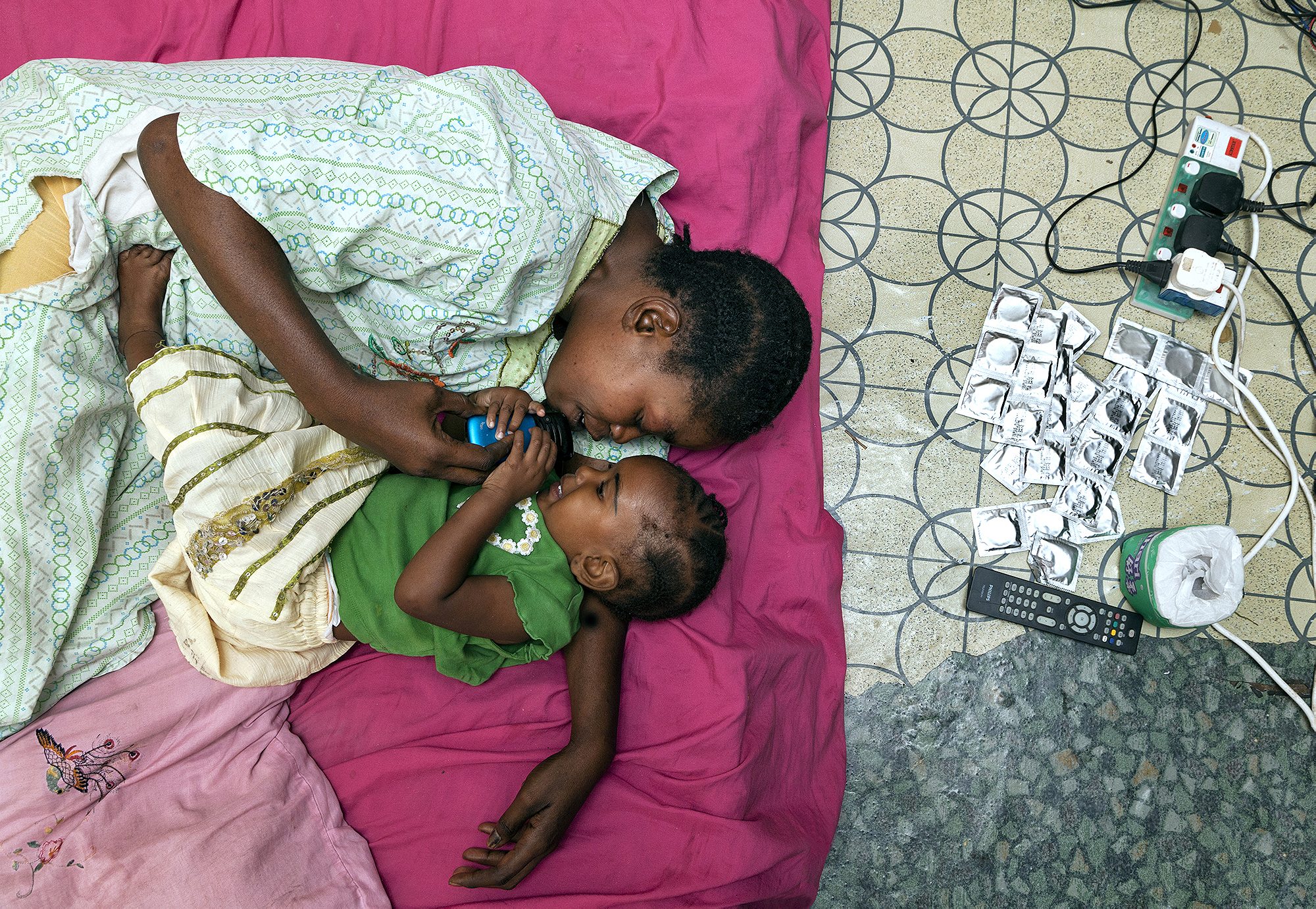
R&K: Why were you looking to work in this kind of organization?
Van der Stock: I was looking for an organization to work with because it’s totally impossible to work in such an environment without a good framework. I wanted to photograph these people within the intimacy of their everyday life, so I worked with two sex workers who were well-known by ZAYEDESA and with one translator. The two girls went a day in advance to the brothels and to the sex workers’ houses to explain who I was. Because of this, I didn’t experience a lot of problems. Except for one time when the police arrested me in the middle of the night. I was following the sex workers while their worked in the street and the police thought I was making a porn movie or something. After some time at the police station, they released me.
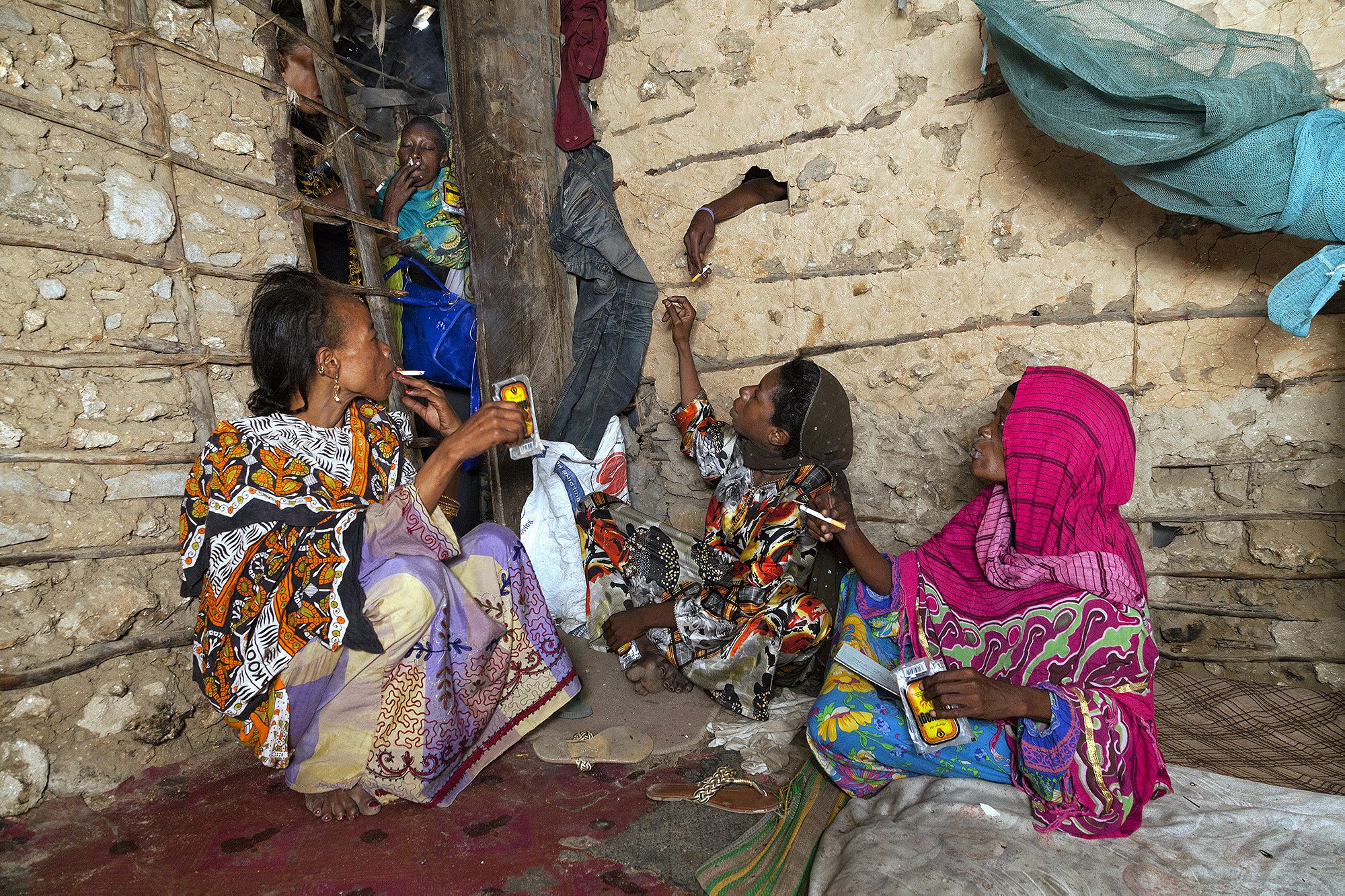
R&K: This was in Zanzibar?
Van der Stock: Yes. ZAYEDESA does outreach work in the sex workers community. They rely on peer educators, sex workers who are familiar with the environment, to get in touch with the rest of the sex workers community. It is such a closed world that they need people who they trust, who are familiar with the ways the sex workers community works. So the organization introduced me to these girls and they helped me to win the trust of the community as a whole.
R&K: Can you describe to me what your first day there was like?
Van der Stock: I didn’t know what to expect, I was rather nervous. We started right away, visiting the sex workers at their houses. I talked to them a lot. I saw a lot of misery but also friendship and love. I tried not to focus on the misery alone because that’s too easy. Of course, it’s inevitable to register some of the difficult situations they live in, but my research focused on the networks and groups within the community and how they function.
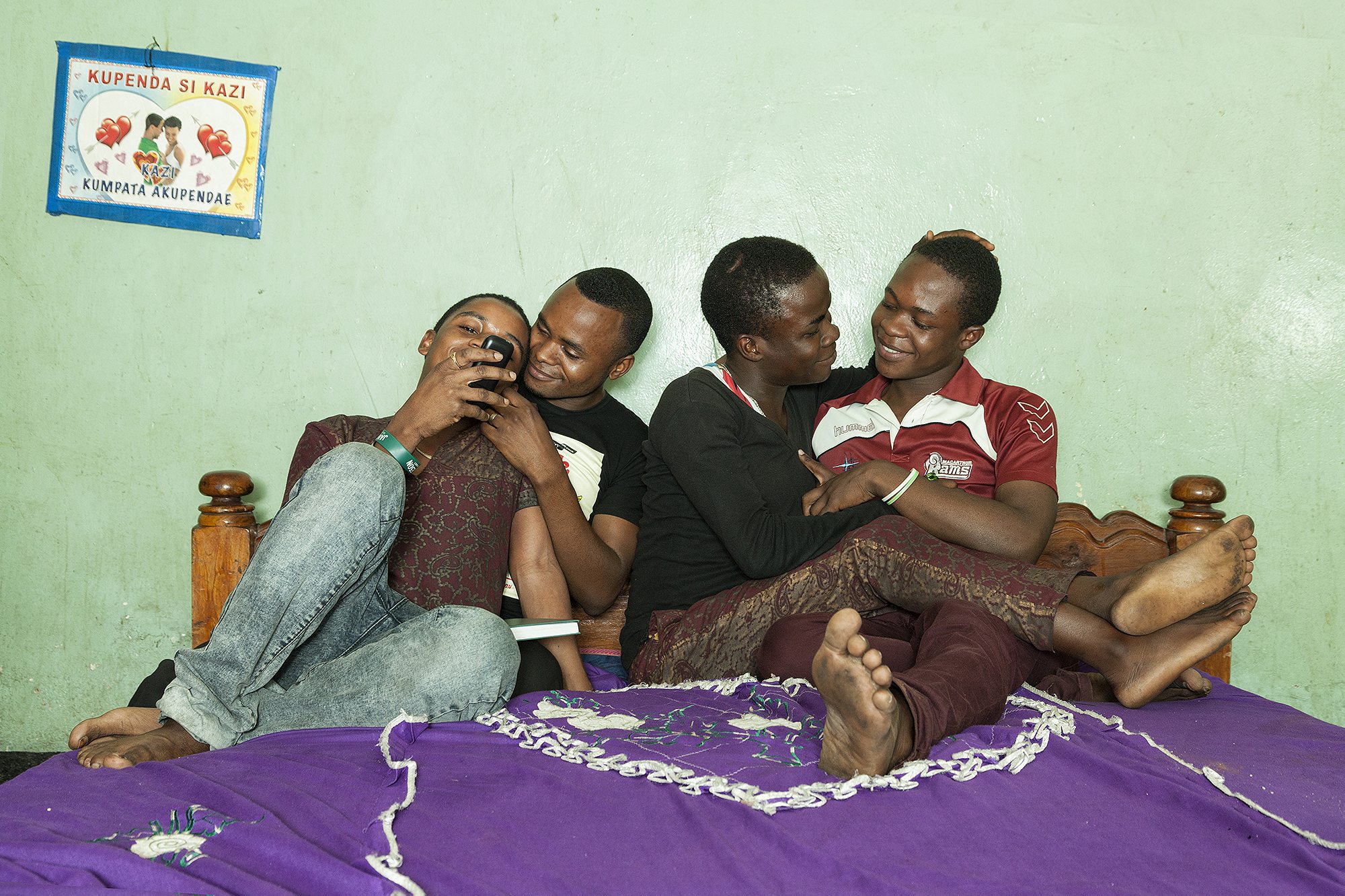
R&K: What do you mean by networks and groups?
Van der Stock: In Tanzania, prostitution is illegal. Homosexuality, sadly, is also illegal. So sex workers don’t have anything to rely on, especially the men, who are burdened by a double stigma because they are despised by the community; sex workers are often blamed for spreading HIV. I examined the ways they rely on each other to overcome the hardships and the violence of everyday life. For example, most sex workers work in bars or on the street. My sociology research examined if they have strong networks while working, if they look after each other. I found that they often worked as a group. They said it was safer to work together. But they also told me that when there was a real problem, it didn’t matter if they were in a group.
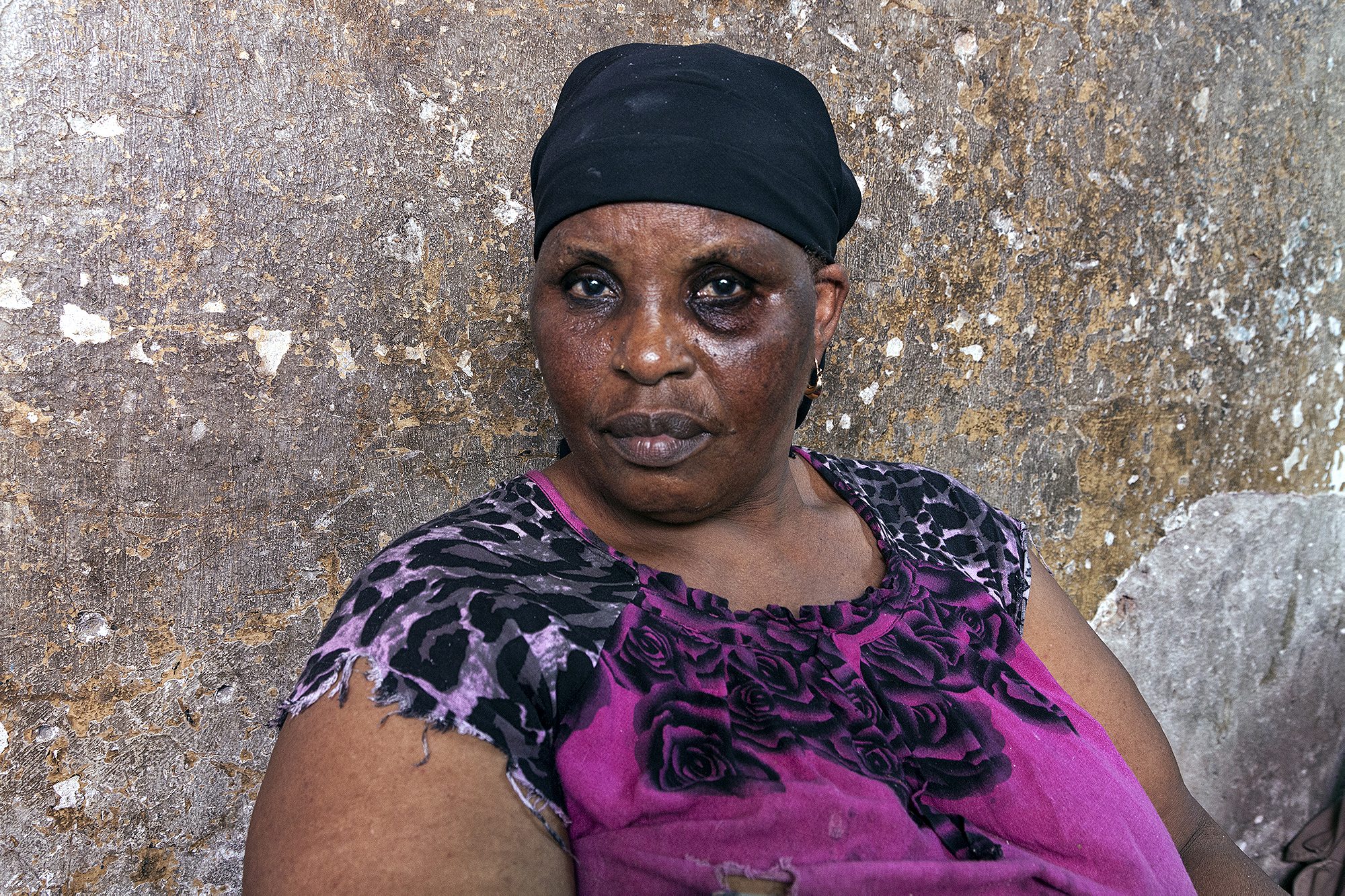
R&K: So just to be clear – when you talk about your sociology research, this was something you were doing in addition to the photography?
Van der Stock: This photo documentary fits in the field of visual sociology, in which research and photography are combined to arrive at a multifaceted, enhanced perspective of an issue. Many of the interviews I conducted focused on the difficulties these people faced. But through my photographs, I wanted to highlight the friendship bonds and networks. I feel that a lot of the personal and strong stories get lost in the academic research, so that’s why I’m working on a book that combines the personal stories with the photos. This way, the issue also becomes known to a broader audience – not only to a small number of academics. For this, I am working with my friend and colleague Hannelore Van Bavel. Our next project together will be about female genital mutilation within the Maasai community.
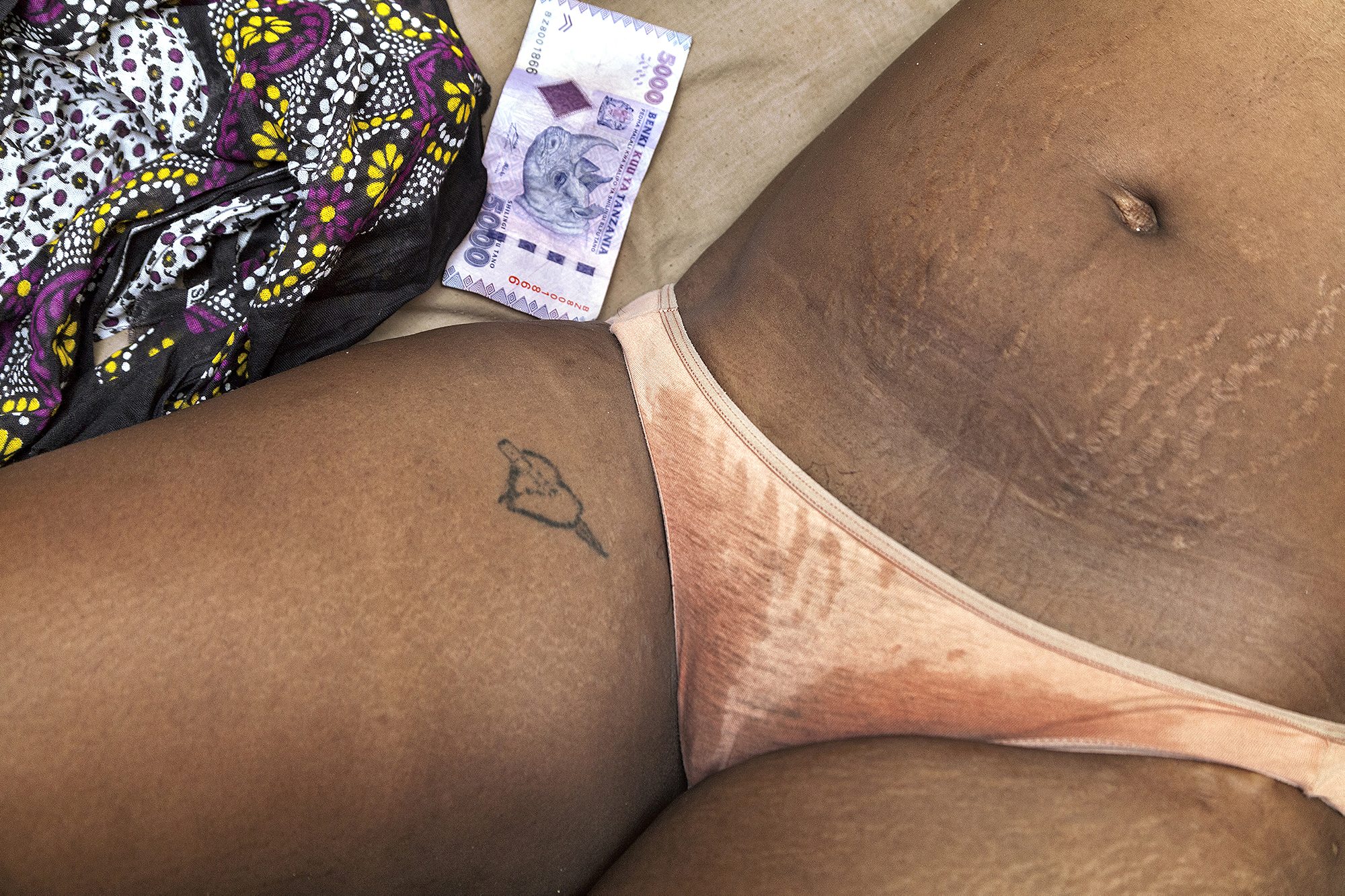
R&K: Will this project also blend sociological research and photography?
Van der Stock: Yes, but it will be slightly different. Bigger. We hope to set up participative research. This means that in cooperation with the organization we’ll work with, we hope to introduce an alternative method to FGM. But of course, this can only succeed when this is supported by the community itself. You can’t just go there and introduce something and expect it will work.
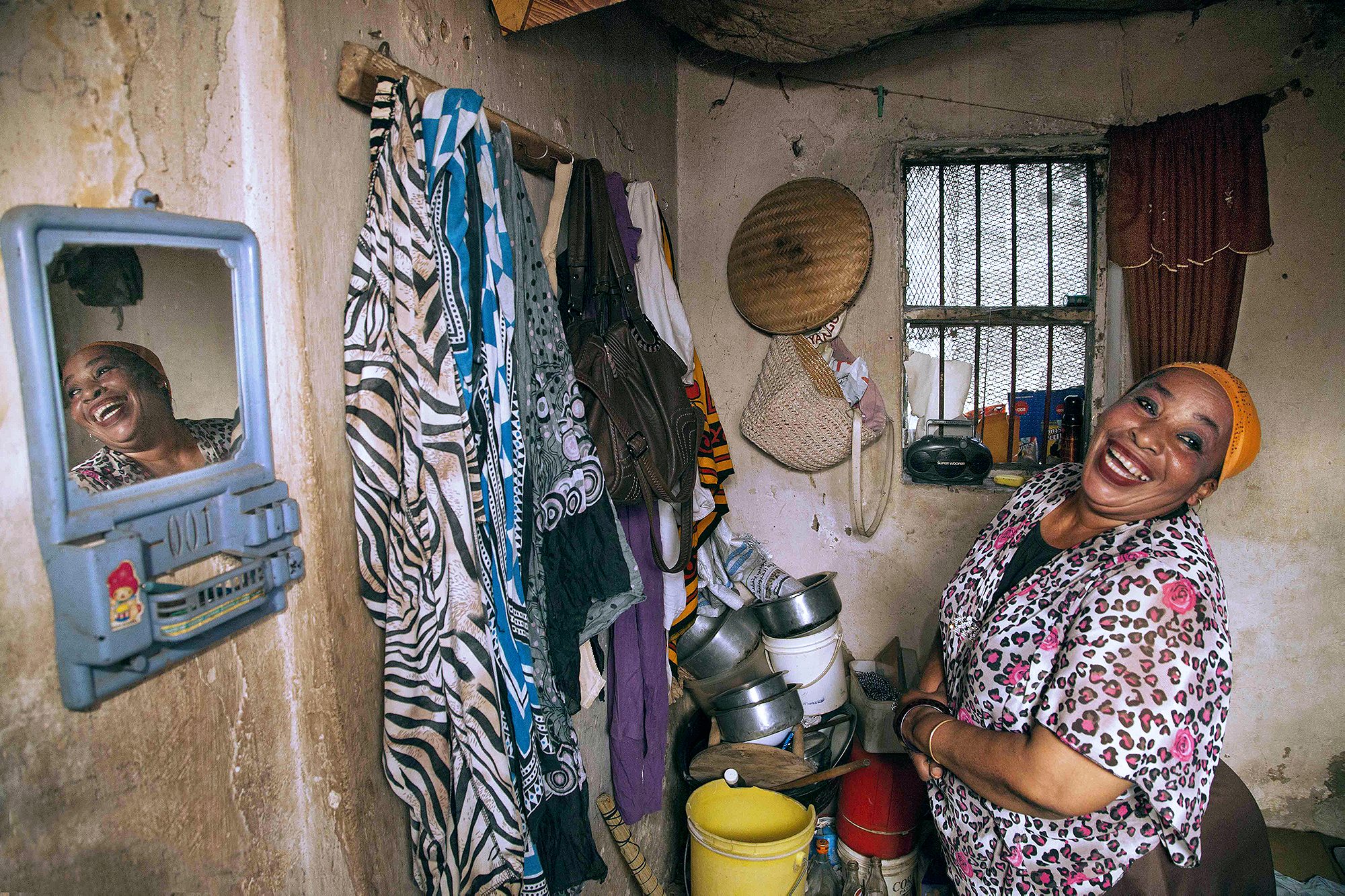
R&K: You talked about what photography can add to academic research. How do you think sociology can enhance a photo essay?
Van der Stock: I think it helps to put a photo documentary in a broader perspective. It’s not just about pretty pictures. It’s about a social issue that needs to be approached in a nuanced way.
R&K: Do you think the research might be more effective in bringing change?
Van der Stock: I think when you combine research with a photo documentary, it is more effective because on the one hand you get the facts and on the other hand the facts get a face, making it more human. But I don’t want to pretend that a book, or a sociology paper or a photo project will bring change overnight.
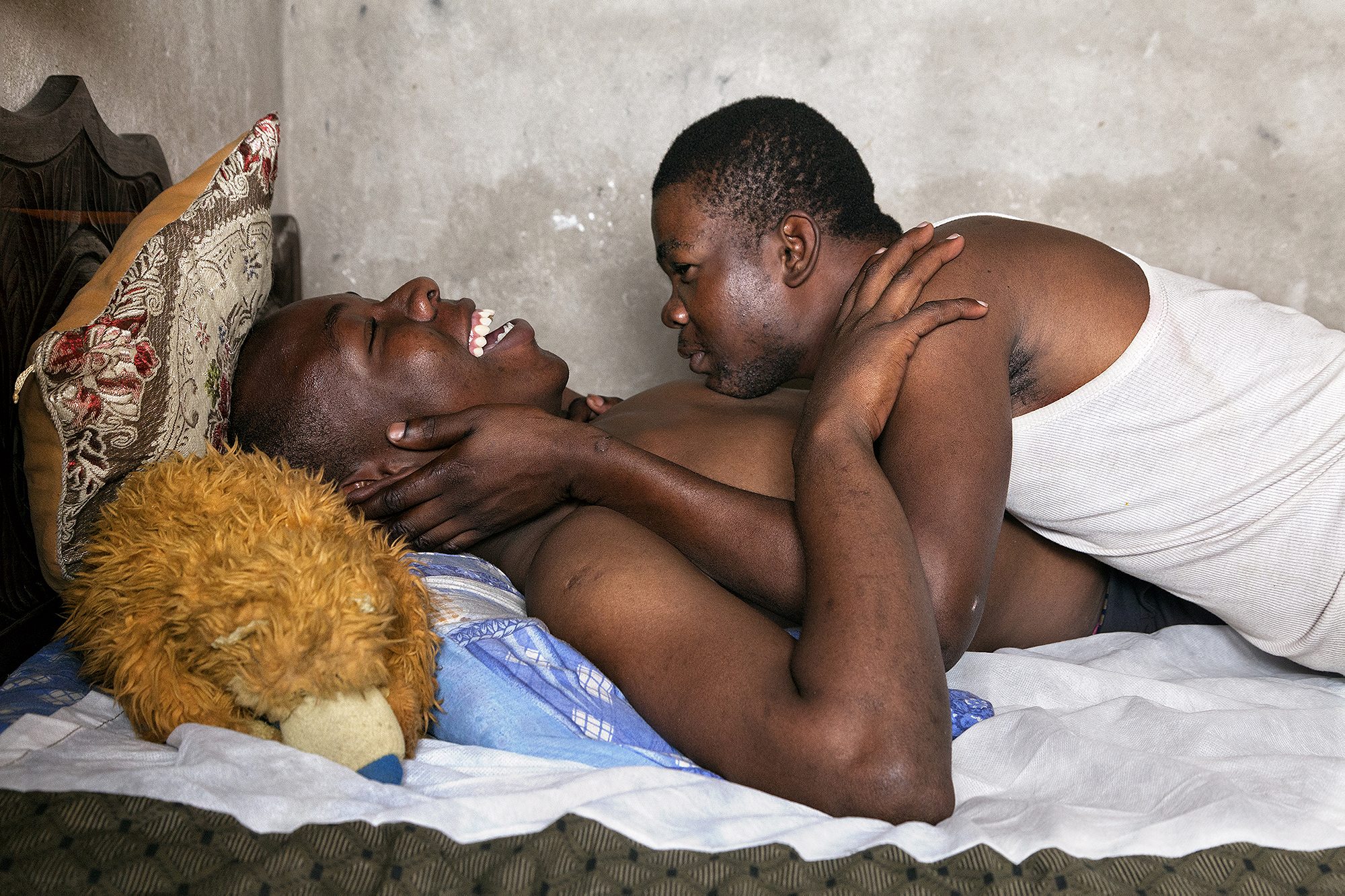
R&K: So this is what you call visual sociology?
Van der Stock: Yes. The way I’m approaching subjects is not really developed yet, because I focus as much on the research as on the pictures. I’m a sociologist and a photographer – not a sociologist who takes photos to back his story.
R&K: Going back to the personal stories you documented, can you talk about a person you met that had a particularly strong impact on you?
Van der Stock: The first person that comes to mind is Alex. She is my age. She was studying hotel management but she had to pay for her studies herself. She was working so hard to earn as much money as possible in order to go back to school. She was so driven, she had sex with 15 men a day on average, just to pay for her studies. She earned two dollars per customer, maybe three… She hoped to graduate and work in a hotel one day. Now, every time I hear students complain about little things I think of her.
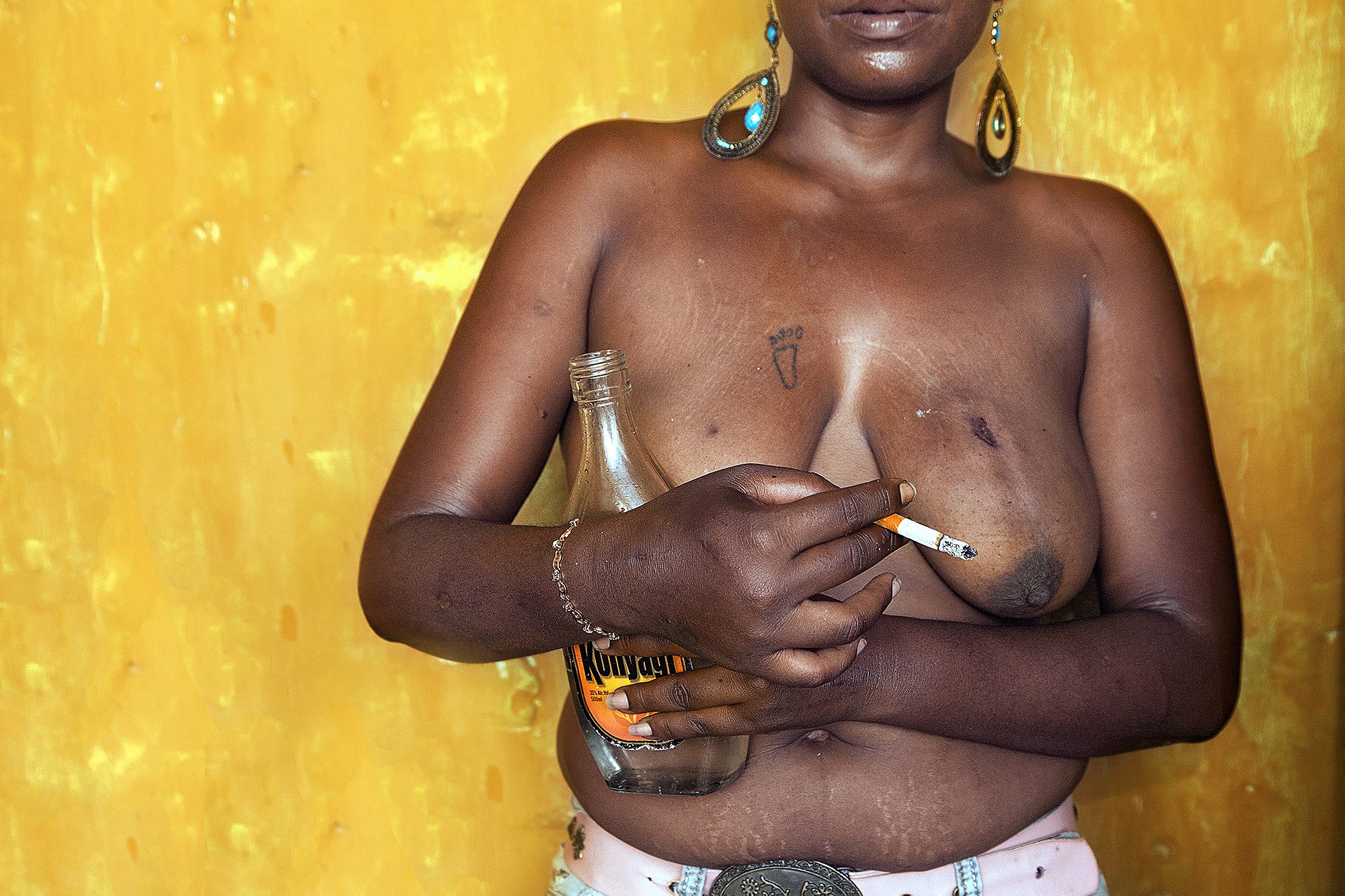
R&K: You also spent time with male sex workers…
Van der Stock: The male sex workers also touched me. They are so stigmatized by the community. Most of them live together partly because they can’t afford to live alone, but also because when they are together, it’s the only time they can really be themselves.
R&K: What was it like for you to be in their homes?
Van der Stock: I felt privileged. Their homes were the only places they were comfortable. One time, it was so crowded in one room because they knew I was coming and they invited a lot of their friends. I asked a few of them to wait outside because I was taking portraits, but they said they wouldn’t go because they didn’t want to be seen outside together. At that moment, I realized what a privilege it was for me to enter their house.
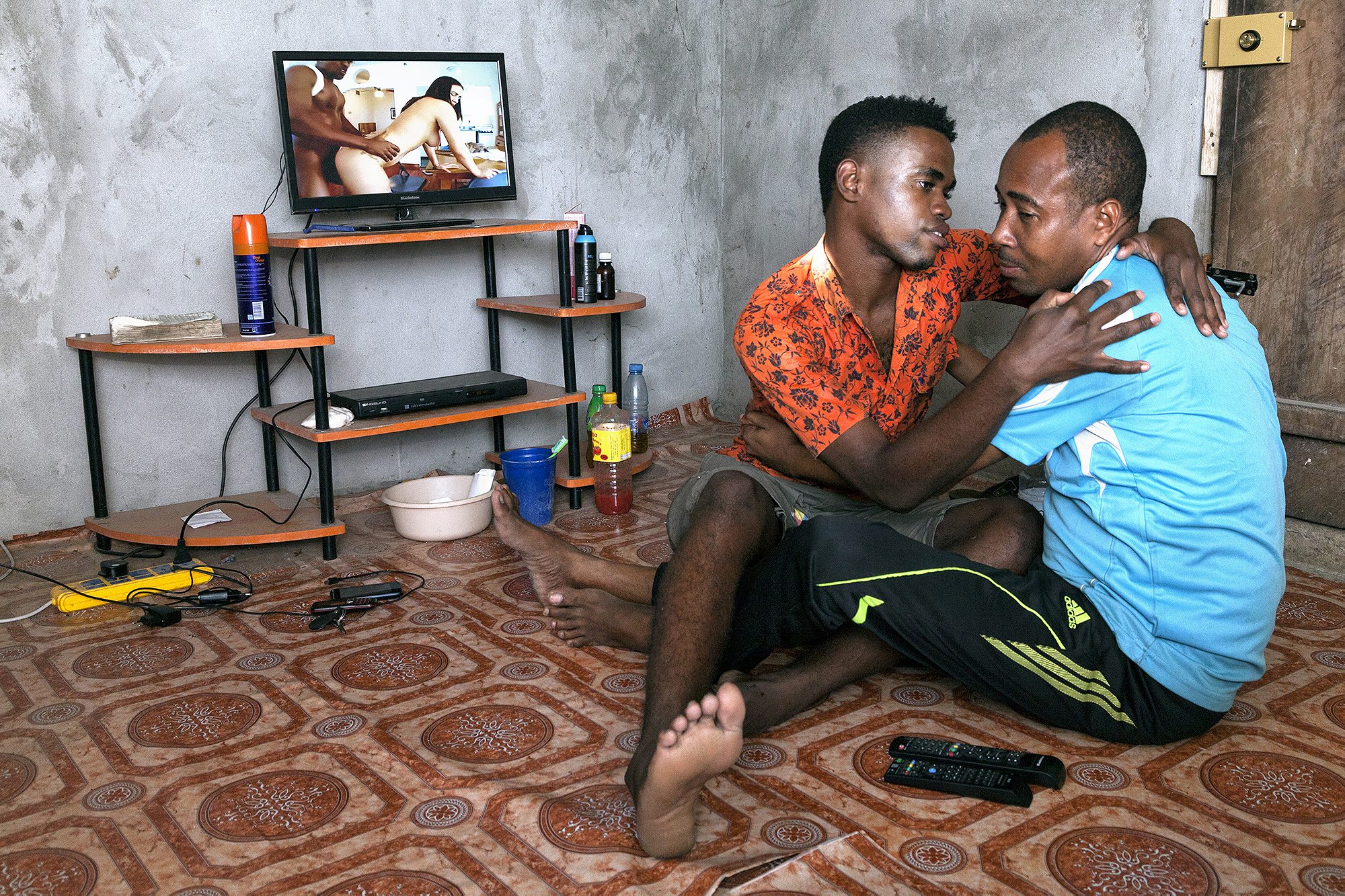
R&K: Were you as comfortable working with men as with women?
Van der Stock: I was more comfortable working with women. They were more calm, especially the older women. The men were harder to photograph because they were posing all the time. The women didn’t pose.
R&K: Why do you think that is?
Van der Stock: The men can’t be themselves in the outside world, so maybe they had to compensate or something. Being enthusiastic is often a coping strategy of course, but I did see a lot of optimism and hope.
Liza Van der Stock is the winner of Accademia Apulia’s Freedom to Love 2014 photography award.